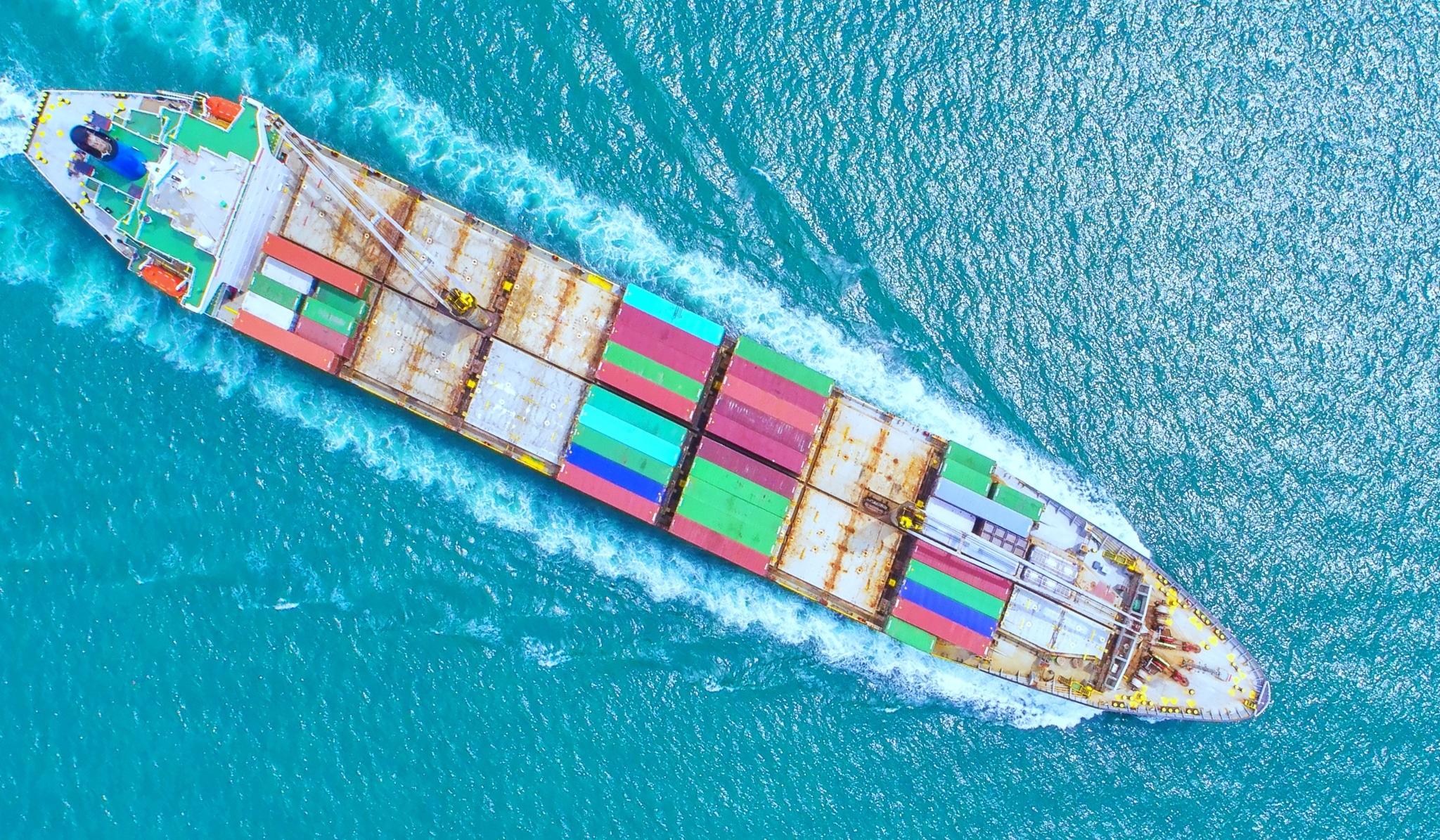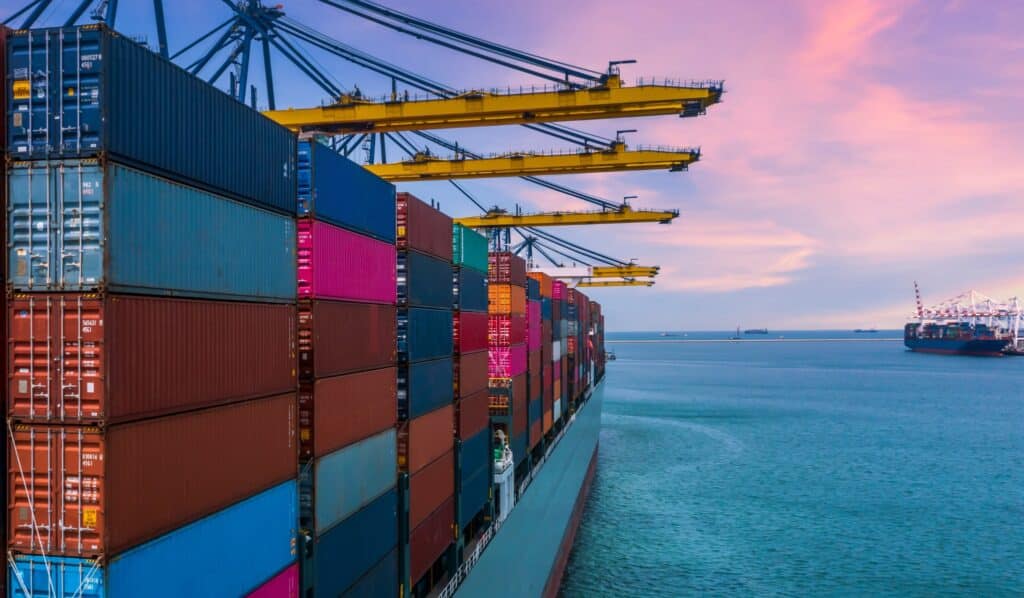
Export-driven economies face mounting pressures as protectionist policies, supply chain disruptions, and shifting market dynamics reshape global trade. This analysis explores how Italy, Germany, Canada, and the Nordic countries are responding to these challenges across their most vital industries. From manufacturing to luxury goods and logistics to energy, each region demonstrates a unique blend of resilience, innovation, and structural transformation as they adapt to an increasingly complex export landscape.
Outline
Italy: diverging pressures across key sectors
Germany: profound structural challenges in automotive and machinery
Nordic Region: traditionally strong trading nations highly sensitive to trade disruptions
Canada: serious cross-border challenges
Italy: diverging pressures across key sectors
Italy’s export economy faces varying pressures across sectors, with luxury goods showing resilience while manufacturing struggles significantly, according to Roberto La Caria, Managing Partner at STM.
Luxury sector resilience
The luxury market remains relatively stable despite international tensions and prestige brands like Ferrari continue to thrive: “Before US tariffs were temporarily suspended, Ferrari increased prices by 10 to 15% for the American market, with no relevant impact on export sales”, explains La Caria.
Some typical Italian luxury firms such as Armani and Prada face reduced demand from China and sanctions on the Russian market. However, many top Italian luxury brands are now owned by foreign groups, mostly French. The luxury supply chain remains robust as production is largely localized within Italy.
“The supply chain for Italian luxury is almost 100% local. »
Food industry: temporary disruption
Italy’s premium food exports, particularly Prosecco and Parmesan cheese, experienced temporary disruption following US tariff announcements, with orders and deliveries paused for 3-5 weeks. The market has since normalized and as shelf prices in the US are 5 to 10 times the Italian shelf price, La Caria considers “margins are sufficient to absorb tariff increases”. Most of Italy’s food industry, especially dairy, is already foreign-owned (70% by French companies).
Manufacturing crisis
The Italian mechanical sector has been hit hardest due to its reliance on the German automotive industry which is facing severe pressure (Volkswagen (down 43% in Q1 2025).
“Northeast Italy is known to be one of the excellence districts in Europe for mechanical components and 60 to 70% of the market is related to the automotive industry. Most of the manufacturing used to be exported to German car manufacturers.”
Household appliance manufacturing has also declined as international owners maintain Italian branding but relocate production to Eastern Europe and Turkey. Adding to these challenges, Chinese vehicle imports have surged, with brands like BYD now outselling both Tesla and German manufacturers in Italy.
“Italy was the second car producer in Europe just 20 years ago. Now we are the first import market for Chinese vehicles in Europe… It’s a dramatic change.”
Germany: profound structural challenges in automotive and machinery
Escalating global trade tensions—particularly with the United States—combined with weakening international demand, are building pressure on Germany’s automotive and industrial machinery sectors.
The risk of significantly increasing US tariffs on EU car imports, with 13% of Germany’s exports going to the US in 2024, had an immediate impact on the export economy. Additionally, machinery exports have declined by 5% due to weak global demand and ongoing structural challenges, explains Markus Nakanishi, Partner at Valtus in Germany.
Business adaptation strategies
German companies are implementing several strategies to maintain competitivenes:
- Relocating production to lower-cost Eastern European countries like Poland to mitigate high energy and labor expenses
- Expanding to North African countries like Tunisia and Morocco where labor costs remain lower
- Shifting new investments outside Germany rather than expanding domestic production
- Reducing production capacity and workforce in Germany due to overcapacity issues and high labor costs
“Even before all the trade conflicts, companies, especially automotive suppliers, started to relocate and also slightly decrease production in Germany.”
According to Nakanishi, unlocking long-term export potential requires seizing opportunities such as strengthening trade ties with interesting markets (for example Turkey), adopting sustainable technologies, and modernizing operations.
“Some of the very efficient, highly automated automotive suppliers are on the verge of picking up pace. The new German government intends to develop new programs to support sales of electric vehicles. Some of them are waiting for these sales boosts and are ready to produce.”
Nordic Region: traditionally strong trading nations highly sensitive to trade disruptions
Spanning Denmark, Norway, Sweden, and Finland, the Nordic region presents unique logistical challenges due to its vast geography and concentrated population centers, despite having only about 27 million inhabitants.
Nordic countries depend heavily on robust logistics and supply chain infrastructure to maintain smooth flows of goods both within the region and internationally. “There is a lot of import and export between the countries, driven by a highly advanced e-commerce sector, but also to and from the Nordic region,” explains Henrik Höjsgaard, Partner & Managing Partner at Nordic Interim.
Key export sectors essential to the global economy
Norway dominates the global salmon market, producing approximately 25% of worldwide salmon consumption. Sweden’s automobile industry remains a cornerstone of its export economy. Collectively, the Nordic countries excel in the production of machine parts, components, wind energy technology, and offshore equipment supporting the oil and gas sector.
Given the high export volumes of different goods, the region relies on sophisticated supply chain S&OP expertise to maintain global competitiveness. This historically strong trading position has also cultivated exceptional logistics and supply chain expertise in the Nordics.
“In the Nordics, we are currently focused on staying constantly informed about developments in the logistics and supply chain sectors not just locally, but across Europe and globally.”
Although the long-term effects of current trade tensions remain uncertain, disruptions lasting over 12 months would be likely to drive permanent structural changes in supply chains, while shorter disruptions would lead to only temporary adjustments.
“As we experienced in the past – 9/11, financial crisis, pandemic, and now – every time the world changes, companies try to adapt to new competitive landscapes,” Höjsgaard concludes.
Canada: serious cross-border challenges
Canada’s key export sectors are currently under significant pressure. US tariffs are threatening long-standing trade relationships, “pushing Canadian companies to become more efficient, productive, and aggressive,” says Benoit Creneau, President & CEO of Toronto-based xNorth.
Supply chain disruption in the automotive sector
In the automotive sector, the new U.S. tariff on Canadian-made vehicles and parts is disrupting the very integrated North American supply chain (components often cross the border six to eight times before final assembly). Canadian auto parts manufacturers, which supply both Canadian and U.S. plants, are feeling the impact, with some are already reporting slower orders.
“There’s growing concern that U.S. automakers will cut back production in Canada or shift more activities to the U.S. GM, for example, just announced it will close the third shift at its Oshawa plant.”
Rising tensions in energy and metals
In oil and gas, the province of Alberta supplies about 25% of U.S. oil demand, so the tariffs are creating tension on both sides of the border. The Alberta government has already warned this could push up gas prices in the U.S. and put strain on cross-border energy flows.
Steel and aluminum are also experiencing tension. Steel exports dropped in March 2025, while aluminum exports rose, probably because U.S. buyers were stockpiling before further tariff increases. Overall, these tensions are shaking up sectors that depend heavily on the U.S. market. Many other Canadian industries that export goods to the U.S. are also being affected.
Maintaining competitiveness
In response, Canadian businesses are taking decisive actions to mitigate challenges.
“The long-standing relationship with the U.S. will likely never be the same, and Canada’s economy needs to reduce its heavy reliance with the US. Many companies are now diversifying; they are increasingly turning to Europe and Asia.”
Canada is in a unique position, being the only G7 country with free trade agreements with all other G7 members. This strengthens its ability to deepen ties with key partners, such as France, and expand into new markets.
The federal government is also stepping up, allocating over C$6.5 billion to support exporters manage losses, access new markets, and safeguard jobs. Canada is also seeing its highest level of business insolvencies in 15 years.
At the business level, there is a renewed focus on innovation, digital transformation, and cost efficiency. Canadian companies are demonstrating agility and a readiness to rethink traditional practices—an encouraging shift after years of relative stability.
Current trade tensions are elevating supply chain challenges from operational issues to board-level concerns, creating increased demand for experienced international executives. Unlike previous crises such as the Ukraine-Russia conflict that prompted immediate requests for production relocations, today’s complex trade environment requires leaders who are « true global citizens » with multi-continental experience.
Executive interim management offers a flexible pathway to implement these changes rapidly. Interim CEOs may restructure operations and pivot to new markets, supply chain leaders redesign sourcing strategies, and CFOs stabilize finances for regional expansion.This agile leadership model supports long-term success in a highly volatile global landscape.



